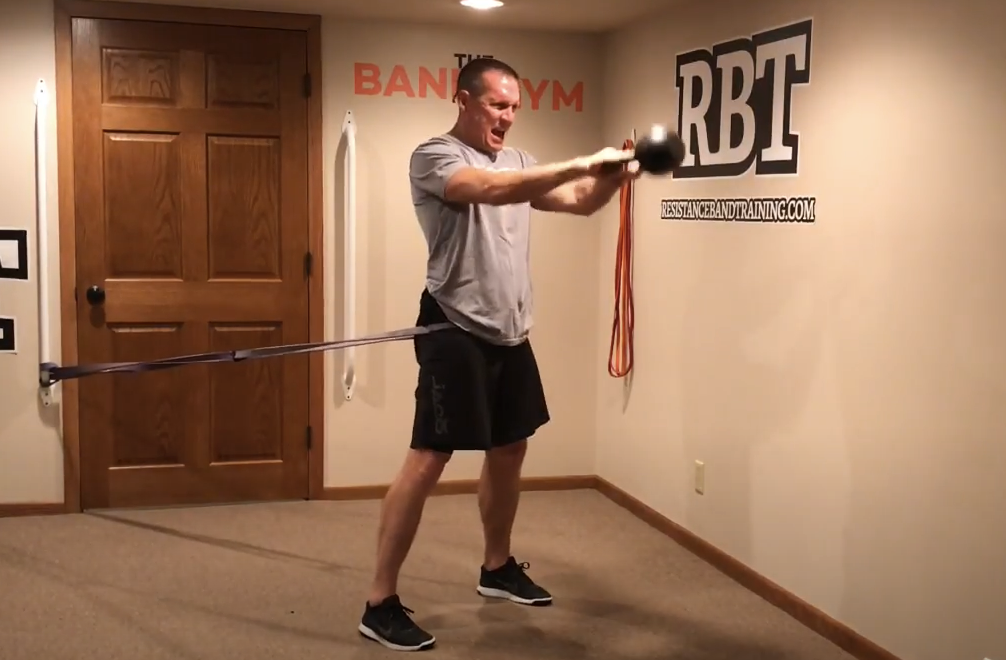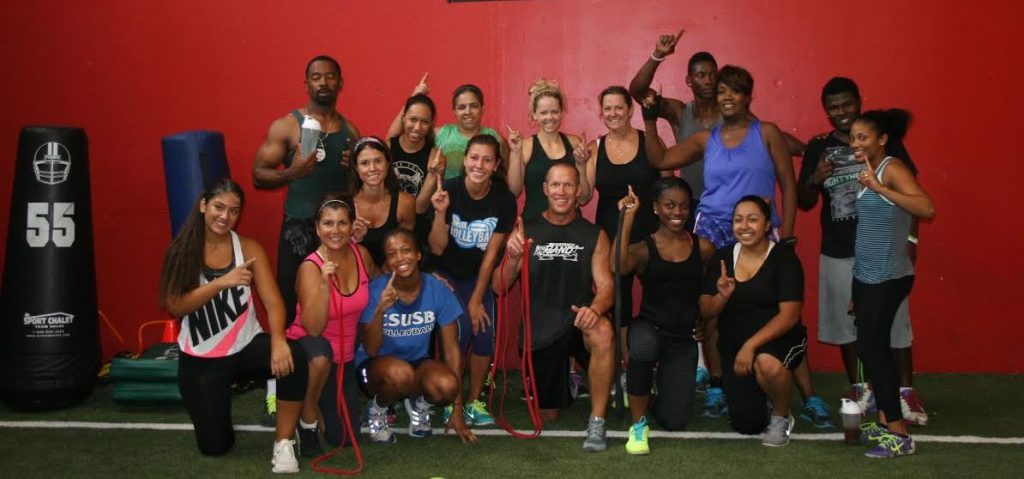Do YOU Have Dormant Butt Syndrome?
Due to a very sedentary lifestyle that includes hours of sitting, many individuals have dormant butt syndrome. DBS means the butt muscles don’t kick in when they are suppose to.
This becomes a significant issue when the foot hits the ground with any type of locomotion including simple walking.
If the butt doesn’t kick in, the hip, knee, low back and ankle end up taking on a lot more of the forces. Joints that take on more forces slowly wear out.
But Dave I Squat A Lot
That’s great but squatting is not locomotion so it is not teaching the glutes how to fire on the fly. Therefore, ground reaction is not involved. The same thing can be said about doing a leg press, hip machine or any single leg squat variation.
Walking lunges are good, but unless you do something to activate the glutes first, you’re still going to suffer the effects of DBS.
Get Your Butt On-board Early and Often
The key is to make sure your glutes are firing “before” your foot hits the ground.
Therefore, once the foot does contact the ground, your glutes are already engaged and are set to eliminate or decelerate any excessive movement potentially at the hip, knee, low back or ankle.
To do this you need:
- A resistance challenging the hip
- To be on the move with some variation of locomotion
- To easily repeat it without having to continually stop or reset
A dynamic stabilizer allows you to easily do that because they attach to your body and allow you to do almost any type of locomotion variation.
How to Attach a Dynamic Stabilizer
10 Glute Exercises with a Dynamic Stabilizer
What’s Up Next
In Part 2, I will walk you through how to take your activated glutes and train them to keep you from never losing your balance again.





